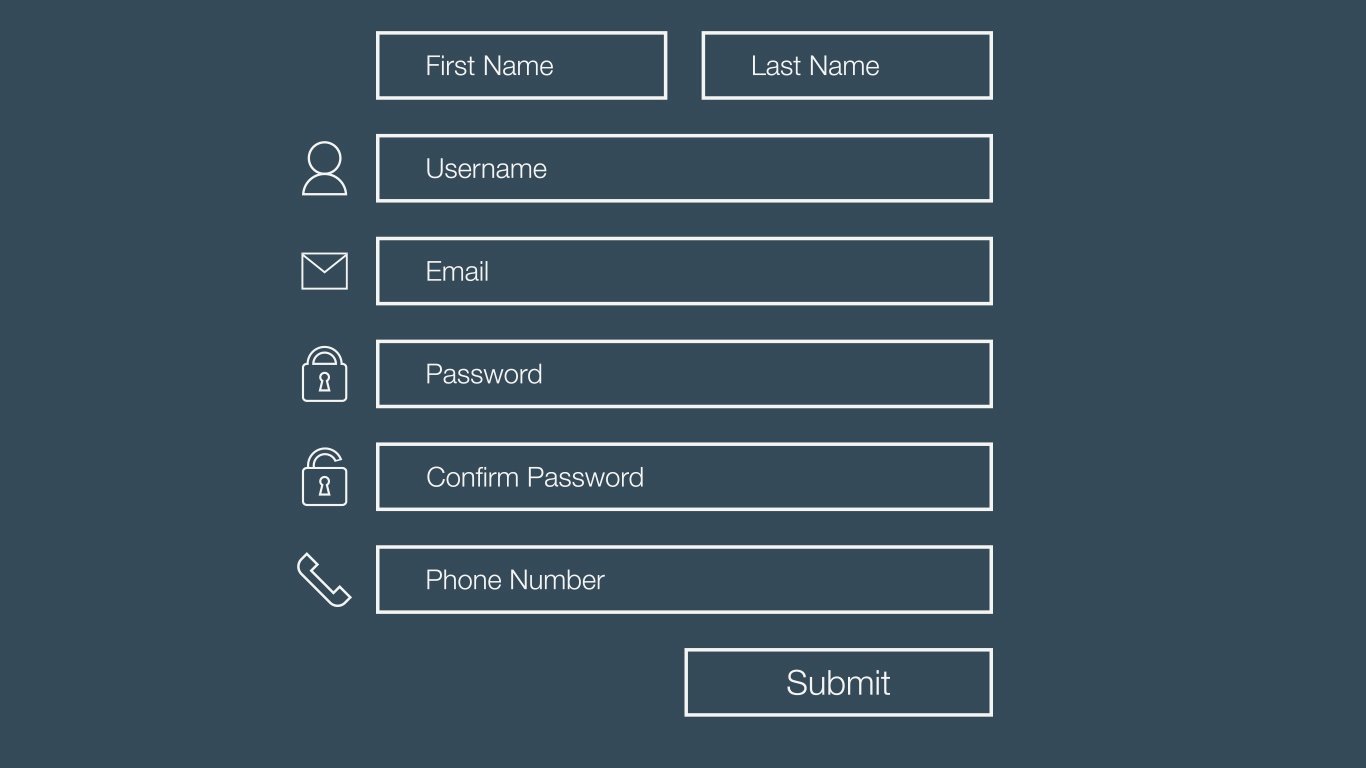There’s probably no better example of the difference in perception between businesses and website visitors than contact forms.
Here’s why: businesses think that contact forms are, well, forms to get contact information. But most website visitors have a different paradigm. They view contact forms as somewhere between “necessary evils” and “invasions of privacy.”
In other words: generally speaking, website visitors don’t like contact forms. At best, they’re annoyed because they’re obliged to spend 10 seconds typing or tapping (and if they use browser auto-fill, then it’s more like 3 seconds). At worst, they’re offended because a business is asking them questions that they deem invasive, or pushy.
Now, before we focus on how many fields a contact form should have, let’s quickly note that the above reality does not mean, by any stretch of imagination, that businesses should do away with contact forms. Doing so is a MAJOR MISTAKE.
Yes, making digital assets such as ebooks, white papers, checklists, infographics and so on automatically available to website visitors, is (all else being equal) going to lead to more downloads. And it’s also true that “not annoying or offending customers” isn’t just a best practice, but it’s a no-brainer (heck, even the government has figured this out…sort of).
However, the advantages of not gating content — i.e. making it available for websites visitors without a form — pale by comparison to the singular, yet massive disadvantage: businesses don’t know who is interested in their offerings, and therefore cannot engage them as part of an inbound marketing-driven nurture campaign.
And so, with this critical point in mind — that gating content is an absolute must, and there is never an exception to this rule — let’s circle back to contact forms and fields. Here’s the rundown on what works:
- The number of fields on a contact form should be based on the type of lead or prospect that the digital asset is designed to engage.
- Leads at the top-of-the-funnel who are conducting research should be asked for minimal information — typically just their name and email address. Asking for anything more than this, even something as straightforward as “type of industry” or “budget range,” will lead to bounce rates. Less is definitely more.
- Leads at the middle-of-the-funnel who are conducting product and brand evaluations can be asked for a little more information — but not much more, and frankly far less than what most businesses currently ask. Any additional questions here should be used to help qualify leads into prospects, and not just be “more information for the sake of more information.” For example, if it doesn’t matter what industry a lead is in (and for many B2C businesses it really doesn’t), then it shouldn’t be on the contact form. Each question must be objectively analyzed and earn its place on the form.
- Leads at the bottom-of-the-funnel who are nearing a purchase decision can be asked practical questions, such as “when is an optimal time to contact you to answer your specific question?” or “would you prefer to view a recorded demo or participate in a live guided demo?” With this in mind, it’s vitally important not to use bottom-of-the-funnel contact forms to get a commitment. Contact forms are contact forms; not sales reps. The latter is still needed to neutralize concerns, emphasize value propositions, and take the ball into the end zone (where is can be suitably spiked and followed by a choreographed dance or performance art presentation, if desired).
Learn More
To learn more about optimizing your contact forms so they’re driving engagement and supporting your sales funnel — instead of doing the opposite — contact the Leap Clixx team today. Your consultation with us is free.
For more information on inbound marketing best practices, download our FREE eBook:
{{cta(‘d1d5cef9-f372-4cc1-a9d4-195296b0ee85′,’justifycenter’)}}





